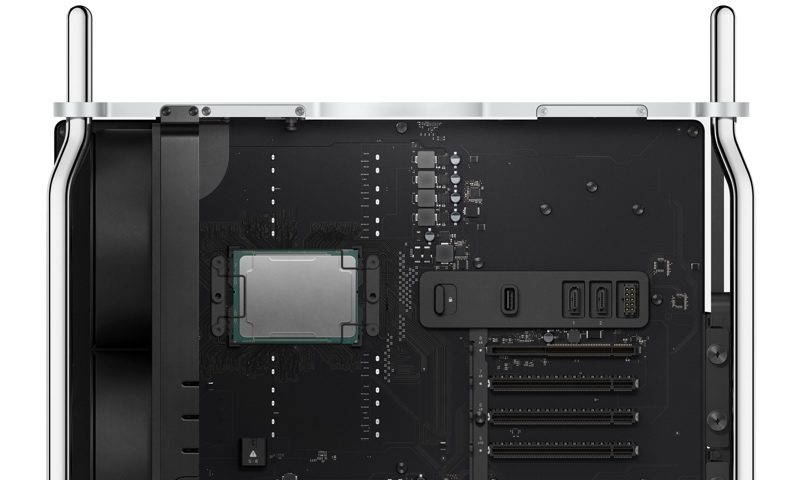

Firstly, the Nehalem CPUs aren't nearly fast enough to properly feed one let alone two of the RX 580 GPUs.
#Apple mac pro desktop cpu upgrade install#
Although I was able to install two modern GPUs in this machine, there are a couple of allowances I had to accept. Yes crossfire worked (mostly, but I'm not certain if the issues I had were due to the Mac Pro or due to crossfire itself).ĭon't get me wrong. In fact, as I mentioned previously, since I was able to install the latest AMD "Adrenaline" drivers, I knew I had the latest and greatest software those GPUs could offer. I went from 1 GB of onboard VRAM to 2x8 GB. Truly a testament to the engineering that went into designing the 2009 Mac Pro. At this point I was amazed with how I could reasonably upgrade hardware components such as a modern GPU (let alone two of them!) in such an aging system.

Since I was able to already install macOS High Sierra, the upgrade was literally plug and play (with some caveats I'll detail in another article). I put both of my AMD RX 580 GPUs into the Mac Pro to hopefully get higher fidelity for gaming and hardware encoding. Was the 2009 Mac Pro capable of housing my pretty decent and modern GPUs? I decided to find out. The 2009 Mac Pro has two PCIe x 16 slots. The reason I suspect was due to the fact the the bus speed of the Thunderbolt 3 connection to the eGPU enclose is only 1/4 of a full PCIe x16 bus. Recently, I noticed that although the eGPUs allowed for my MacBook Pro to have access to a full-fledged GPU, the performance was nowhere near that of a GPU that is housed on a regular PCIe slot. Luckily for me, I have two eGPU enclosures both housing AMD RX 580 GPUs. Frankly, these are fine for my purpose but note that the standard SATA connections on the motherboard of the Mac Pro would make getting a larger SSD an easy upgrade. The system came with a 160 GB SSD drive and a SATA 640 GB HDD.


 0 kommentar(er)
0 kommentar(er)
